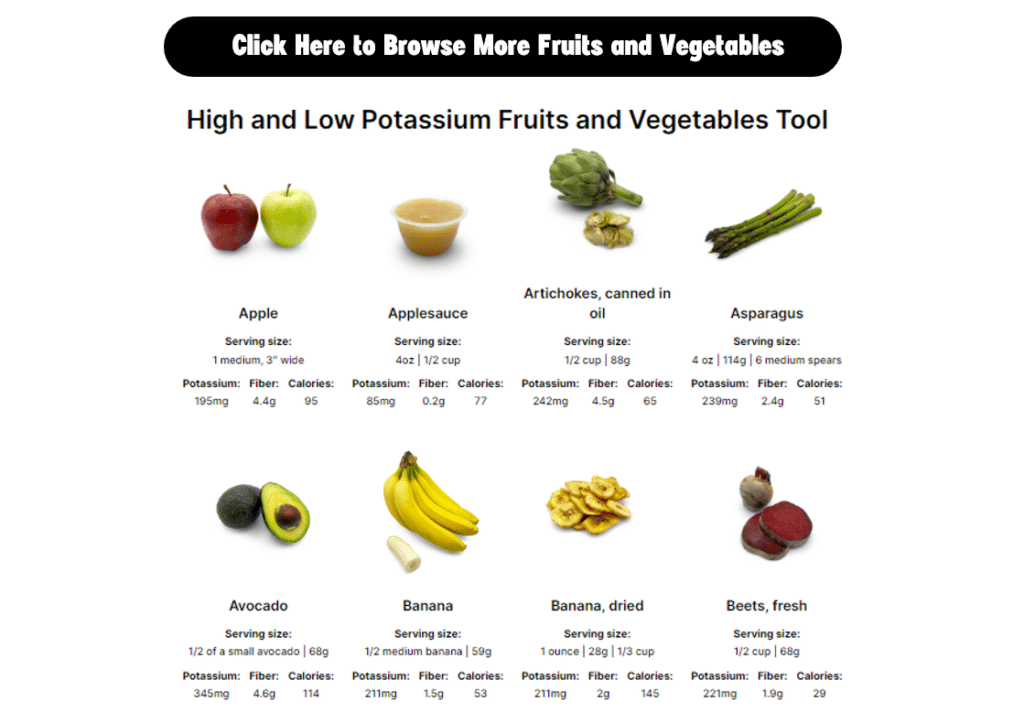Is garlic good for kidneys?
Yes, garlic is rich in antioxidants, fiber, and vitamins that are beneficial to people with kidney disease.
This post may contain affiliate links through which we may earn a small commission to help keep this website free.
Is garlic high in oxalates?
No, garlic is considered a low oxalate food. (Source) If you are prone to developing kidney stones, avoiding oxalates is not necessarily the best approach to preventing future stones. I recommend signing up for my free kidney stone newsletter where I talk a lot about kidney stones, how to read your labwork, and what nutrition strategies to implement to prevent future stones.
Is garlic high in potassium?
One half cup of garlic contains 270mg of potassium which would technically make it a high potassium vegetable. Most kidney professionals consider a vegetable to be high potassium if it contains more than 200mg of potassium per serving. However, garlic is rarely consumed in a half cup serving. A single clove of garlic has only 12mg of potassium.
Additionally, if you have kidney disease, you should not restrict your intake of fruits and vegetables because of potassium content unless instructed by your kidney dietitian or healthcare provider. Many people who have kidney disease do not need to restrict their intake of potassium. There are many other factors that could cause you to have high potassium levels that are not related to the food you eat. You can learn more about potassium and kidney disease through our low cost course.
Is garlic high in phosphorus?
No. One half cup of garlic contains about 103mg of phosphorus. A single clove of garlic has only 5mg of phosphorus. The phosphorus found in garlic is natural and poorly absorbed by the body, so it is considered a low phosphorus food.
Learn more about phosphorus by watching our youtube video here.
What are the benefits of garlic?
- Garlic contain vitamins and antioxidants. Antioxidants consumed through fruits and vegetables are considered to have protective effects against many chronic diseases. Garlic contains the sulfur compound allicin. Allicin is formed when garlic is crushed or chopped, and it is responsible for many of the health benefits associated with garlic. Allicin has potent antimicrobial, antioxidant, and anti-inflammatory properties.
- Studies have found that consumption of garlic is associated with reduced inflammation, improved lipid panels, and improving cancer outcomes. In many of these studies, the dose of garlic was approximately one clove per day.
- Garlic are also a good source of fiber. Fiber is important for gut health as well as helping the body maintain potassium levels.
- Research shows that a low intake of fruits and vegetables is associated with an increased risk of developing kidney failure in people with kidney disease (as well as those who don’t have kidney disease.
Is garlic powder okay for people with kidney disease?
Yes, garlic powder is a kidney friendly seasoning. One teaspoon of garlic powder contains only 37mg of potassium and 13mg of phosphorus, which is natural and poorly absorbed. Be careful that you do not purchase garlic salt though. Garlic salt will be very high in sodium. It is recommended that people with kidney disease consume less than 2300mg of sodium each day.
Are garlic supplements okay for kidney disease?
Always talk to your doctor before starting a new supplement. Garlic supplements may be okay for people with CKD, however there may be some instances where taking a garlic supplement may not be recommend. For example, if you are already at an increased risk of bleeding, garlic supplement may increase that risk.
Healthy ways to eat garlic
- Raw garlic: Raw garlic has the highest concentration of beneficial compounds, including allicin. You can mince or crush a clove of garlic and add it to salad dressings, salsas, or homemade dips like hummus or guacamole. Keep in mind that raw garlic has a strong and pungent flavor, so adjust the amount according to your taste preferences.
- Roasted garlic: Roasting garlic mellows its flavor and gives it a delicious, creamy texture. Cut off the top of a whole garlic bulb, drizzle it with a little olive oil, wrap it in foil, and roast it in the oven until the cloves are soft and golden. Roasted garlic can be spread on bread, mixed into mashed potatoes, added to sauces or soups, or used as a topping for roasted vegetables.
- Sautéed garlic: Sautéing garlic in a little olive oil or cooking spray is a popular way to infuse dishes with its flavor. Add minced or thinly sliced garlic to stir-fries, sautéed vegetables, pasta dishes, or sauces. Remember to cook it on low to medium heat to avoid burning, as burnt garlic can taste bitter.
- Garlic-infused oil: Make your own garlic-infused oil by heating olive oil and adding whole garlic cloves. Cook the garlic cloves on low heat until they become golden and fragrant. This infused oil can be used in salad dressings, marinades, or drizzled over roasted vegetables. It’s important to note that homemade garlic-infused oil should be used immediately and stored in the refrigerator to prevent the growth of harmful bacteria.
- Garlic powder or granules: Garlic powder or granules can be a convenient option when fresh garlic is not available. Use them as a seasoning in marinades, rubs, soups, or roasted vegetables. Just keep in mind that garlic powder or granules may not have the same potency or flavor as fresh garlic, so adjust the amount accordingly.
High and Low Potassium Fruit and Vegetable Tool
Looking for more information on other kidney friendly fruits and vegetables? Check out our Fruit and Vegetable Potassium Tool.

